An air blower is a simple and efficient electrical component used in homes and businesses to remove dust and other unwanted bits of material. Air blowers force air to flow via a curved route and out of the blower by a dynamic pressure created by a rotor, or impeller, at the center of the device. Read More…
Since 1991, National Turbine Corporation has been a blower manufacturer, bringing you quality multi stage blowers for use in industrial applications.
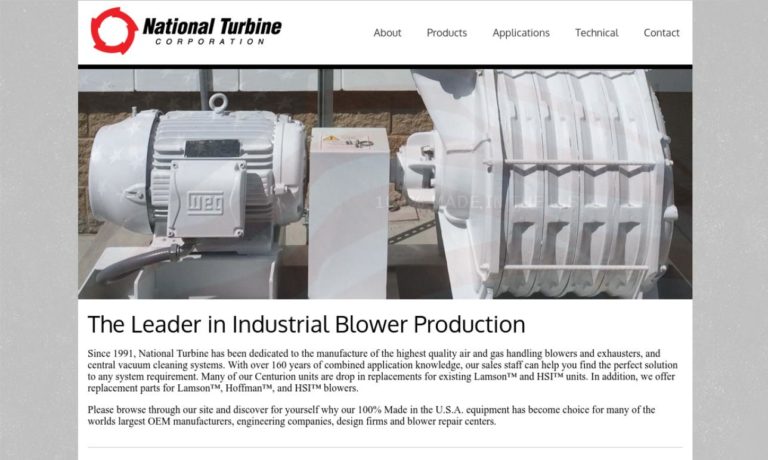
#1 Most Reliable Fan Manufacturer. Thousands of customers depend on AirPro fans to keep their operations going, and that's why we build the highest quality fans, prioritize on-time delivery, and offer a 3-year warranty on all products! Founded in 2002, AirPro is privately held and 100% Employee-Owned. With headquarters and manufacturing facilities in Rhinelander, Wisconsin, we offer centrifugal...
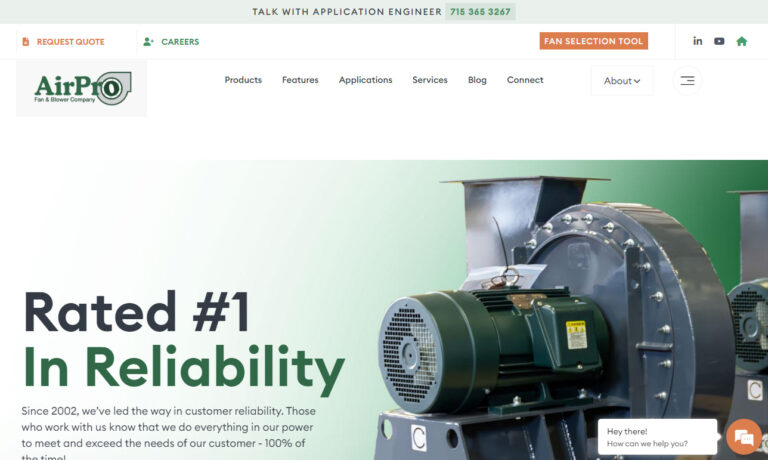
Since 1889, The New York Blower Company (nyb) has been a turn-key provider of catalog and custom fans, blowers and ventilation systems. We provide the design, manufacture, installation, maintenance, repair and rebuild of nyb and competitor products. We are constantly expanding, with a worldwide presence of over 200 representatives, and the opening of our fifth manufacturing facility in the US in ...
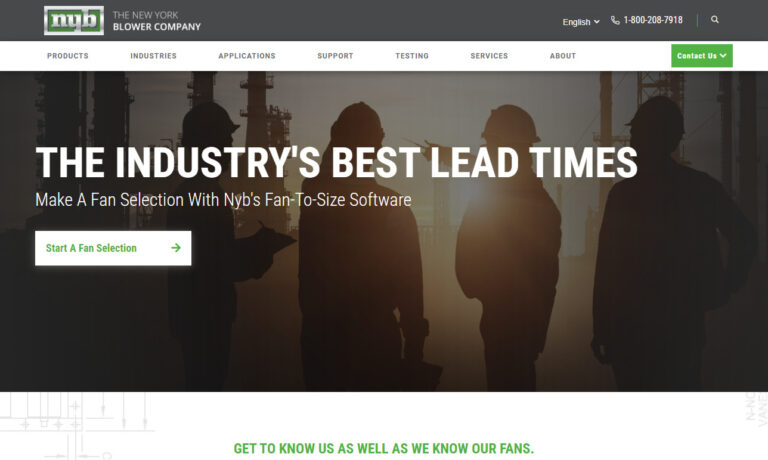
At Kooltronic, we have established ourselves as a leading manufacturer specializing in a comprehensive array of blowers tailored to meet various industrial requirements. Our expansive product line encompasses high-pressure air blowers, centrifugal blowers, impeller blowers, and high-pressure radial blowers, showcasing our proficiency and versatility in the field.
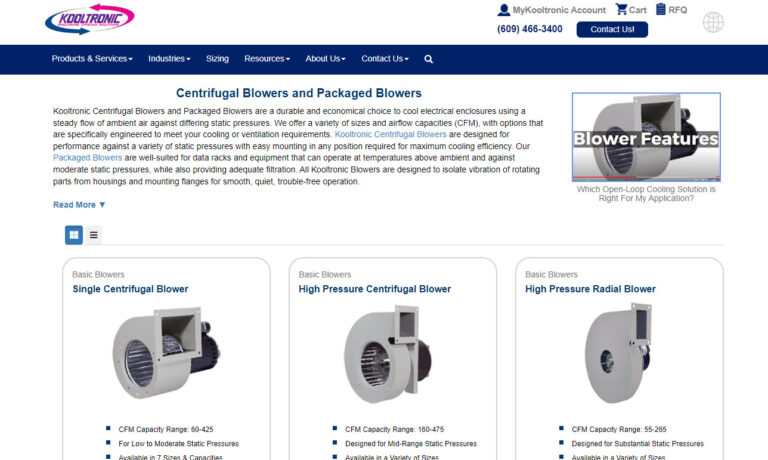
Republic Manufacturing offers industries a wide array of air moving solutions. Currently, our product range includes blowers, vacuum pumps, compressors, air knives, motors, and systems. While many products are available for immediate shipment, Republic's in-house staff of engineers can design custom options to meet specifications necessary utilizing state-of-the-art software and machinery. We...
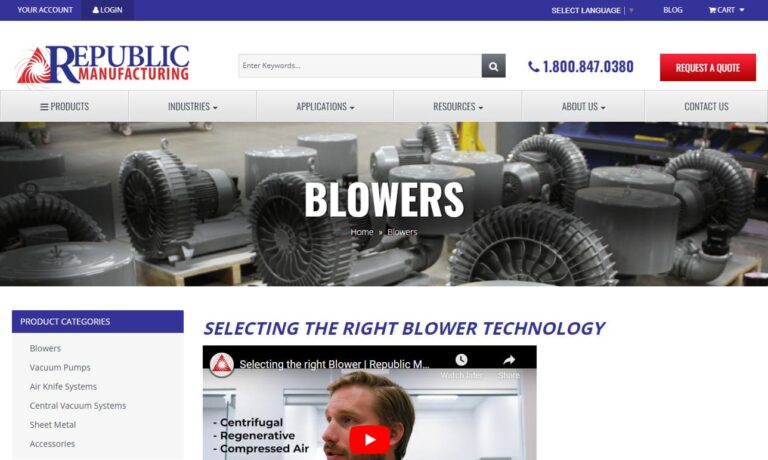
If you are looking for a solution solving industrial blower supplier, look to Hartzell Air Movement. We have been an industrial blower manufacturer for 75 years & carry products such as air blowers, exhaust fans, industrial fans, centrifugal blowers & high velocity fans for the air moving community. At Hartzell, our mission is to provide high quality & reliable industrial air moving equipment &...
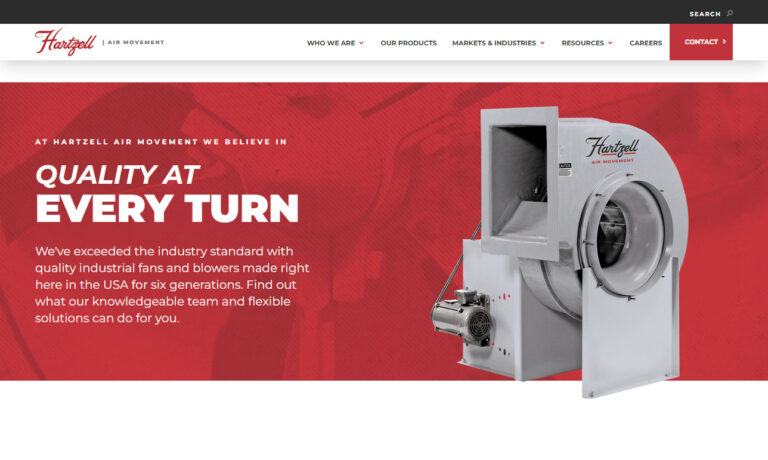
More Air Blower Manufacturers
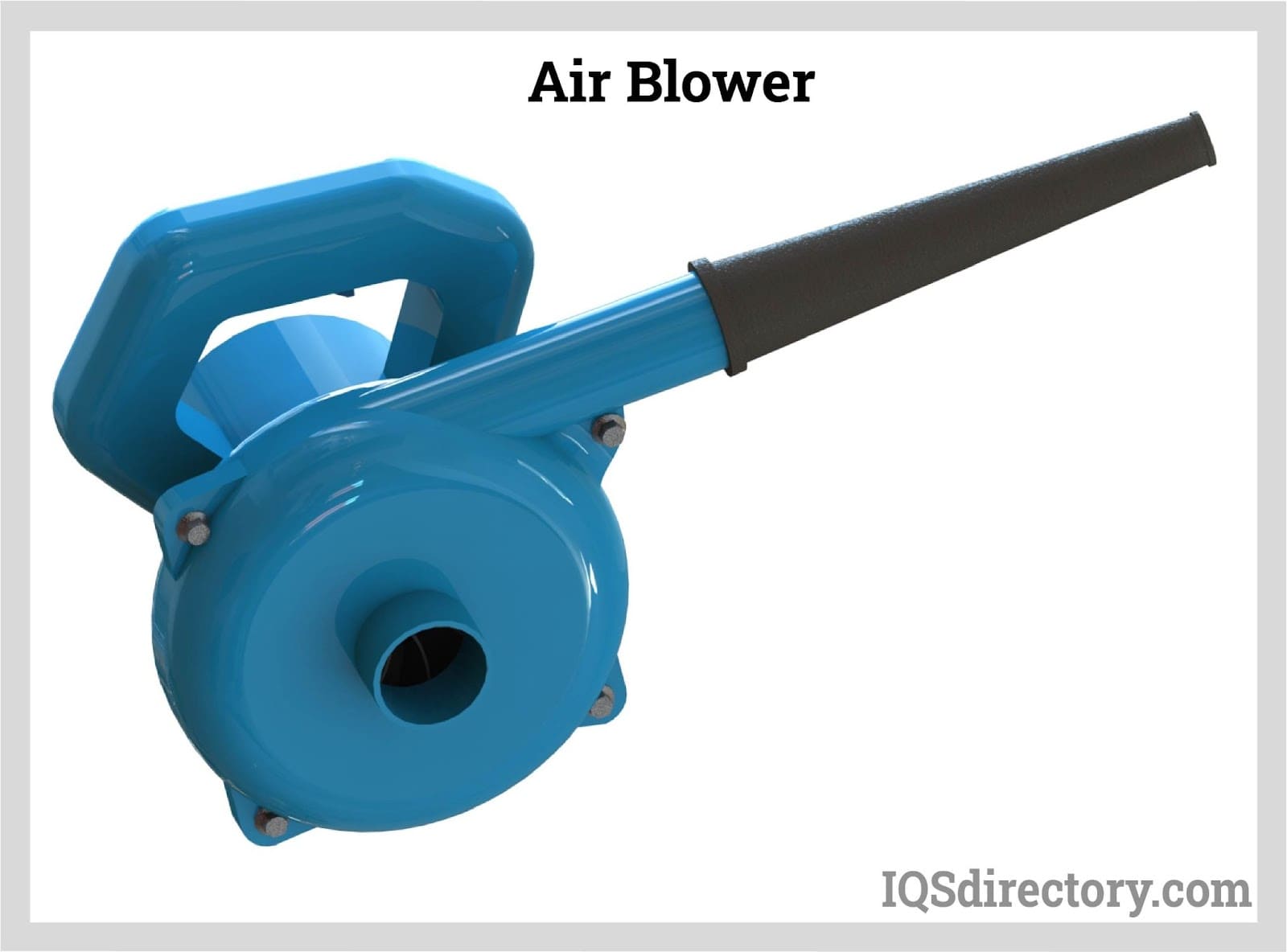
Types of Air Blowers
Regenerative Air Blowers
High-flow, low-pressure compressed air blowers are another name for regenerative industrial blowers. Regenerative blowers use "non-positive displacement" to move air at low pressures and medium flows. They create a vacuum or a quick flow of compressed air at low pressure. Compressed air moves throughout the housing, creating pressure. Regenerative blowers have a ring of space between their blades and housing.
This space provides that some air may get through the first set of blades and come into contact with a second set. Regenerative blowers can therefore move much air despite being very small due to their design. Regenerative blowers can be found in either single-stage or double-stage models. Air circulates once in a single-stage blower and twice in a two-stage blower. Regenerative blowers produce higher pressure with two stages.
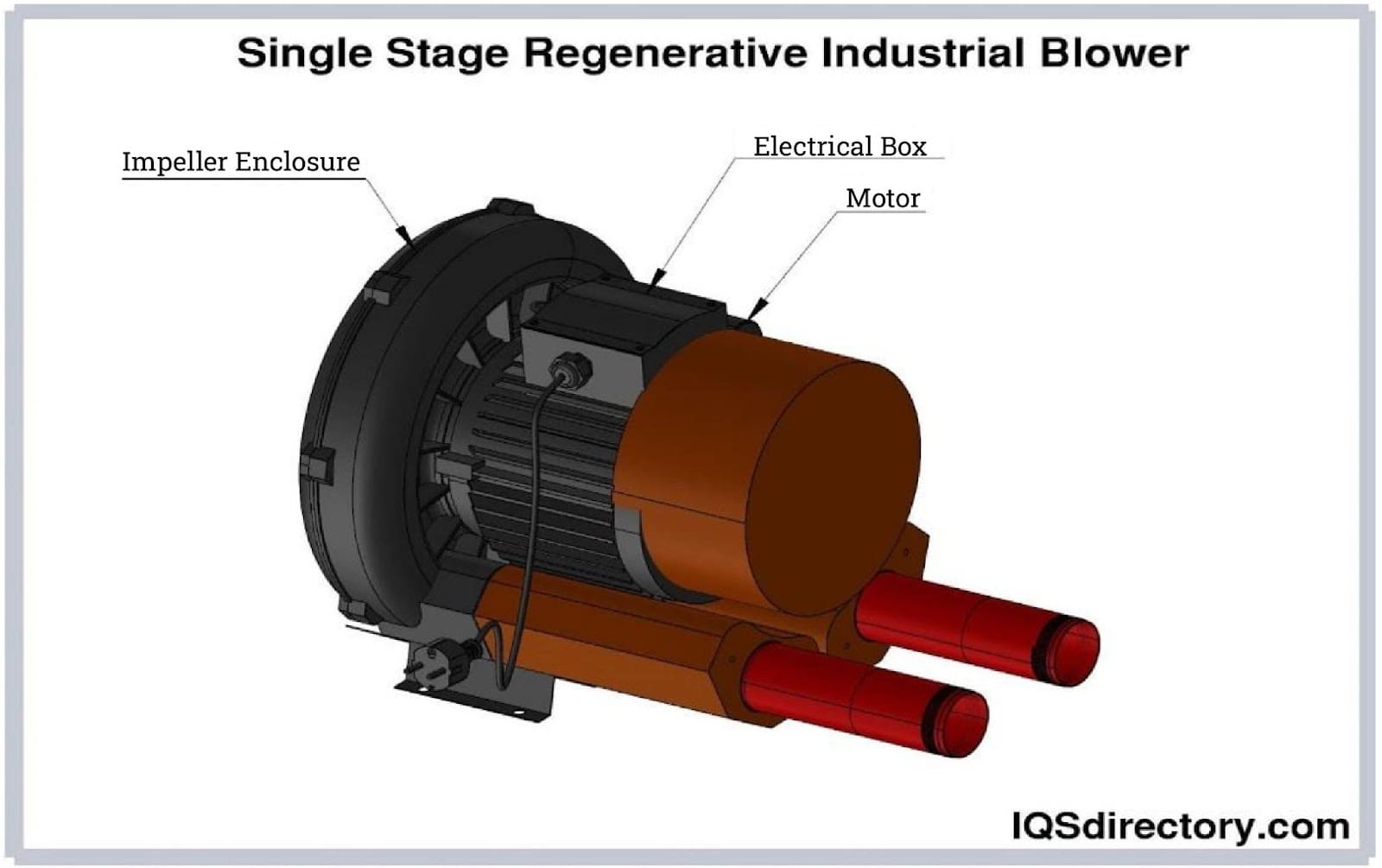
Positive Displacement Air Blowers
Positive displacement, sometimes known as "rotary air blowers," are high-pressure, low-flow blowers that use positive displacement, where the air is trapped, in contrast to regenerative blowers. These blowers produce flow by having rotors that rotate counterclockwise, bringing air in and containing it to the space in between the rotors. This occurs inside a chamber that gets bigger as the rotors turn. Positive displacement blowers produce a constant operational flow because the air trapped in the chamber is constant. The compressed air is then released through an outlet.
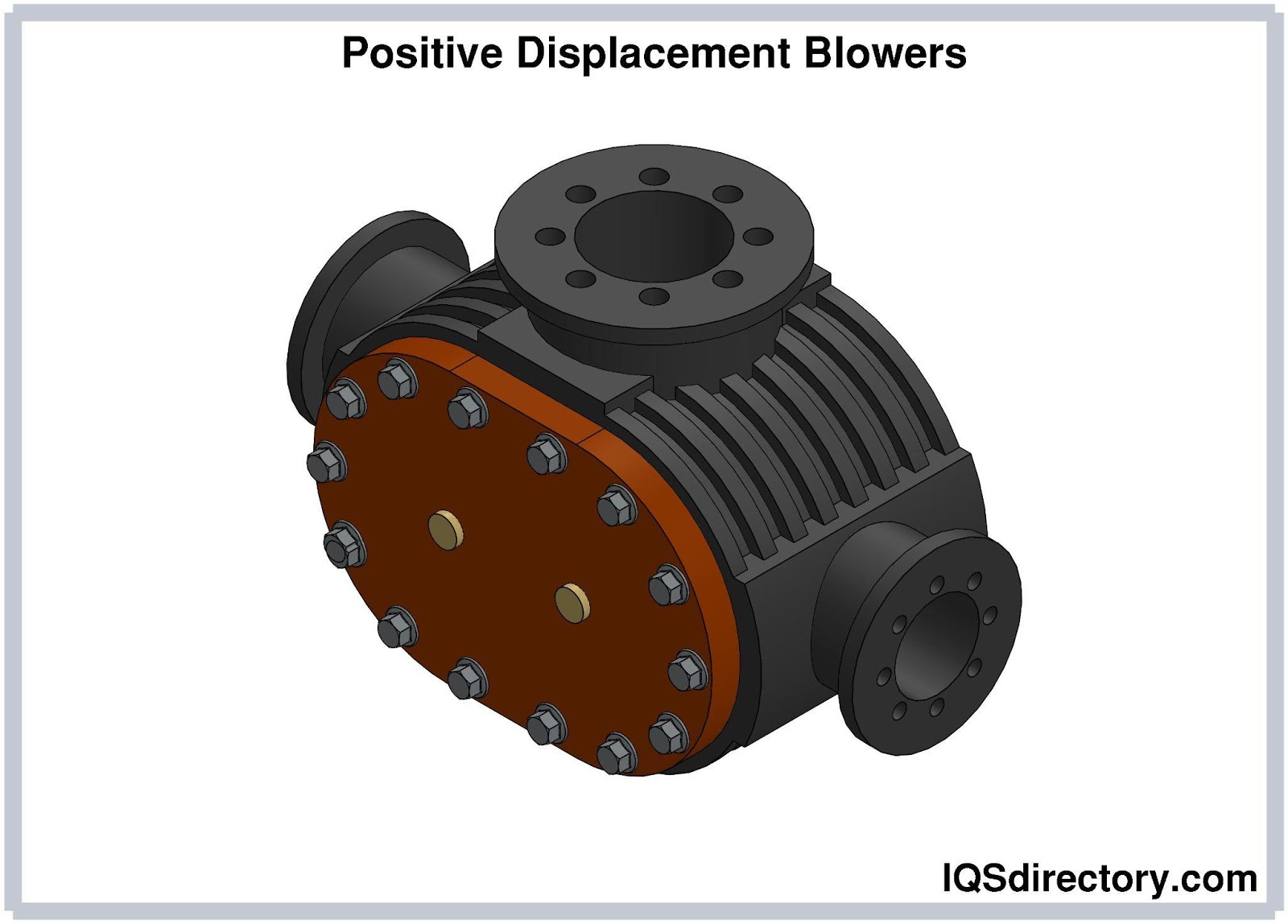
Centrifugal Air Blowers
Centrifugal blowers differ from positive displacement blowers in that they are impeller-based and are very low-pressure, high-flow blowers. As a result, positive displacement blowers have a consistent output despite pressure variations, unlike impeller-based blowers, whose output varies with pressure. In addition, centrifugal blowers differ in how their impellers are organized and employed from regenerative blowers, which are also impeller-based. By harnessing the centrifugal forces of their impellers, centrifugal blowers create moving air by drawing air in at their centers.
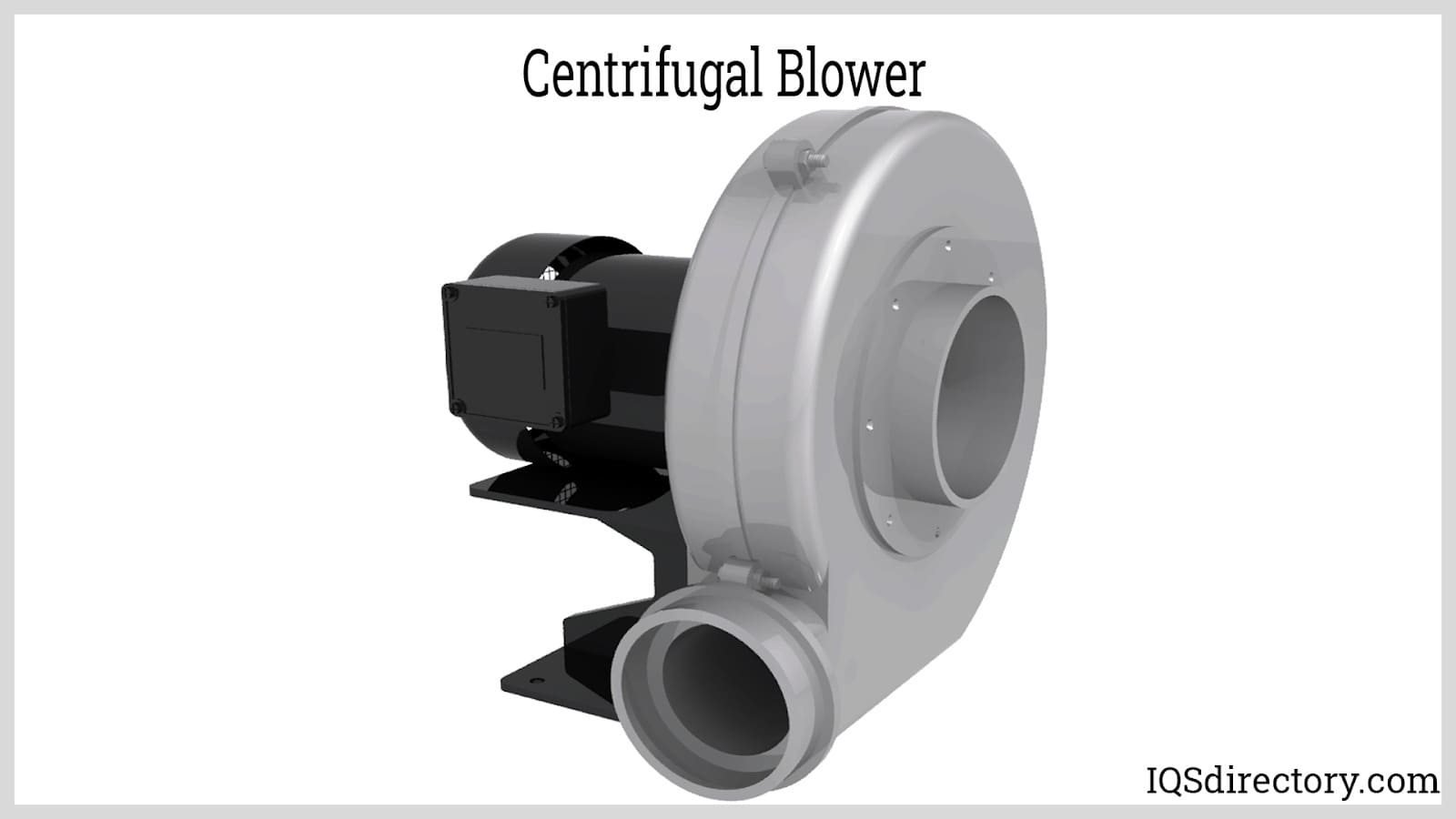
Axial Industrial Air Blower
The airflow in an axial industrial blower is created from the positive and negative pressure found around its blades. The fan blades are positioned vertically and horizontally to account for variations in atmospheric pressure. An axial blower forces the air to travel in an axially-parallel direction to the shaft around which the rotating blades are mounted. The difference in air pressure produced by this design leads to continuous airflow. The quantity and form of an axial fan's blades affect its performance.
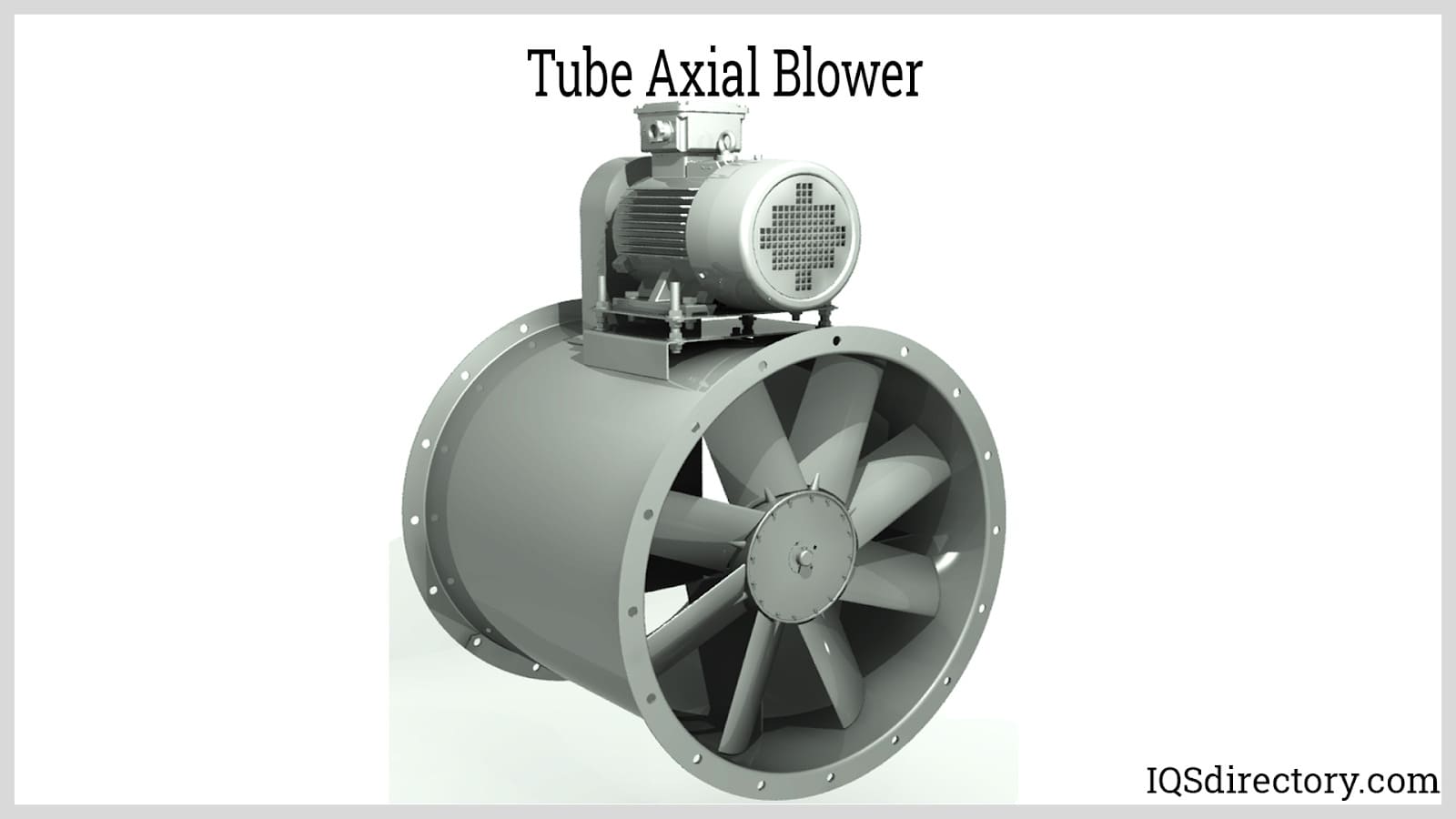
High-Speed Industrial Air Blowers
High pressure and quick airflow are produced when a high-speed industrial blower is at work. Impellers are driven by an electric motor and positioned around the shaft to maximize the amount of air being absorbed in these blowers. A high-speed blower's architecture comprises a valve for air release and a compression unit for blower speed control; these elements can be changed to suit an operation's requirements.
Applications of Air Blowers
- Industrial air blowers are used as a component of a larger system with an accompanying large-capacity filtering system used to eliminate chemicals, smoke, odors, and other pollutants from the air. These system's have a 99% effectiveness to ensure that noxious odors, pollutants, and gas emissions have been eliminated from a work environment.
- Industrial blowers remove and filter paint fumes and vapors from small, enclosed workshops where they build up and pollute the air. Industrial exhaust blowers must be spark-resistant because some of the chemicals used in these applications may be combustible. Paint, lacquer, and varnish are all potential sources of combustion on their own and when applied to an object. Industrial air blowers provide the necessary air streams required to clear the airstream of these dangers and other harmful particulates both before and after pieces are painted. Pressure blowers are manufactured specifically to get the required pressure and drive needed to remove these particles. For these circumstances, spark-resistant blowers are often constructed with specially-designed aluminum impellers. In addition, industrial blowers have the force and strength to remove water vapor from cooling operations.
- The aquaculture business frequently uses air blower applications that call for compressed air or oxygen, whether it's to help ensure water quality, establish an effective feeding system, make a protective bubble curtain, or move live organisms from one location to another. air blowers may be converted to generate oxygen in freshwater and saltwater applications.
- Air blowers may also be used at home for blowing away dust and debris.
Choosing the Proper Air Blowers Supplier
To make sure you have the most constructive outcome when purchasing Air Blowers from an Air Blowers Supplier, it is important to compare at least 4 or 5 Companies using our Air Blowers directory. Each Air Blowers Manufacturer has a business profile page that highlights their areas of experience and capabilities and a contact form to directly communicate with the manufacturer for more information or request a quote. Review each Air Blowers business website using our proprietary website previewer to get an idea of what each business specializes in, and then use our simple RFQ form to contact multiple Air Blowers companies with the same message.

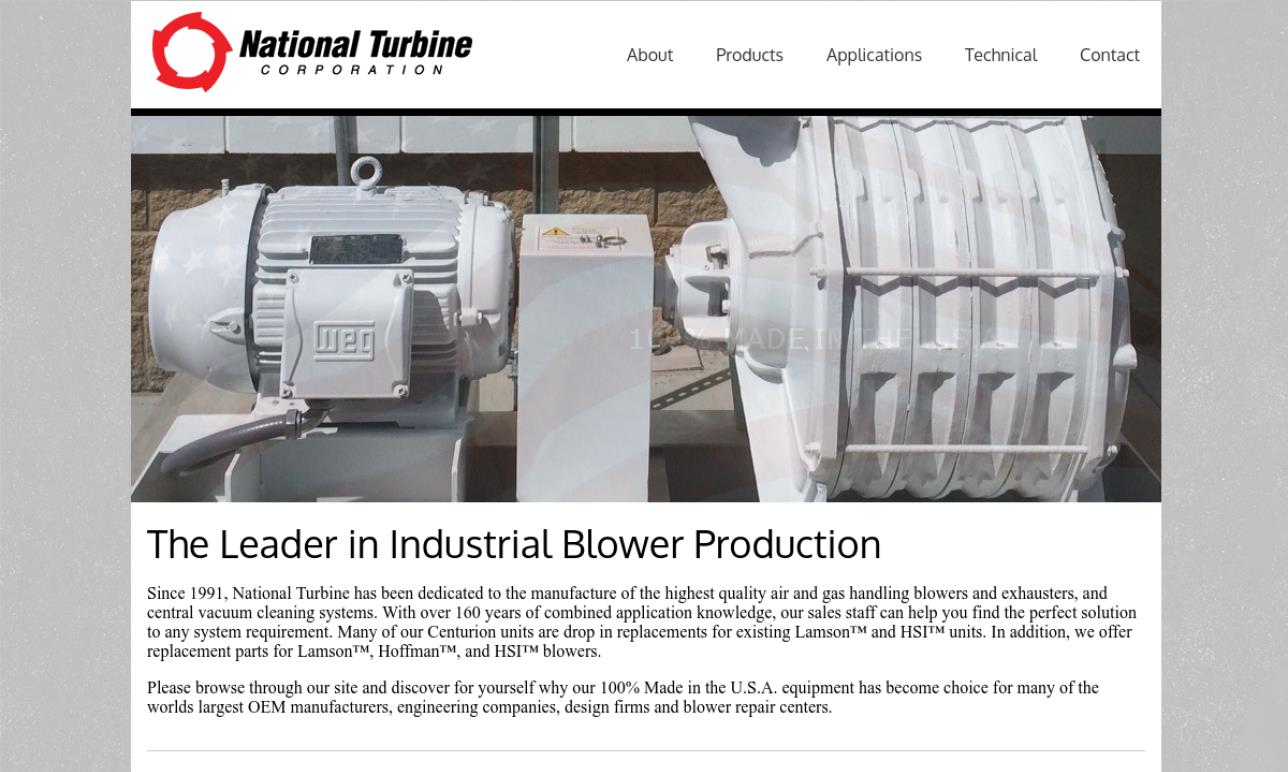
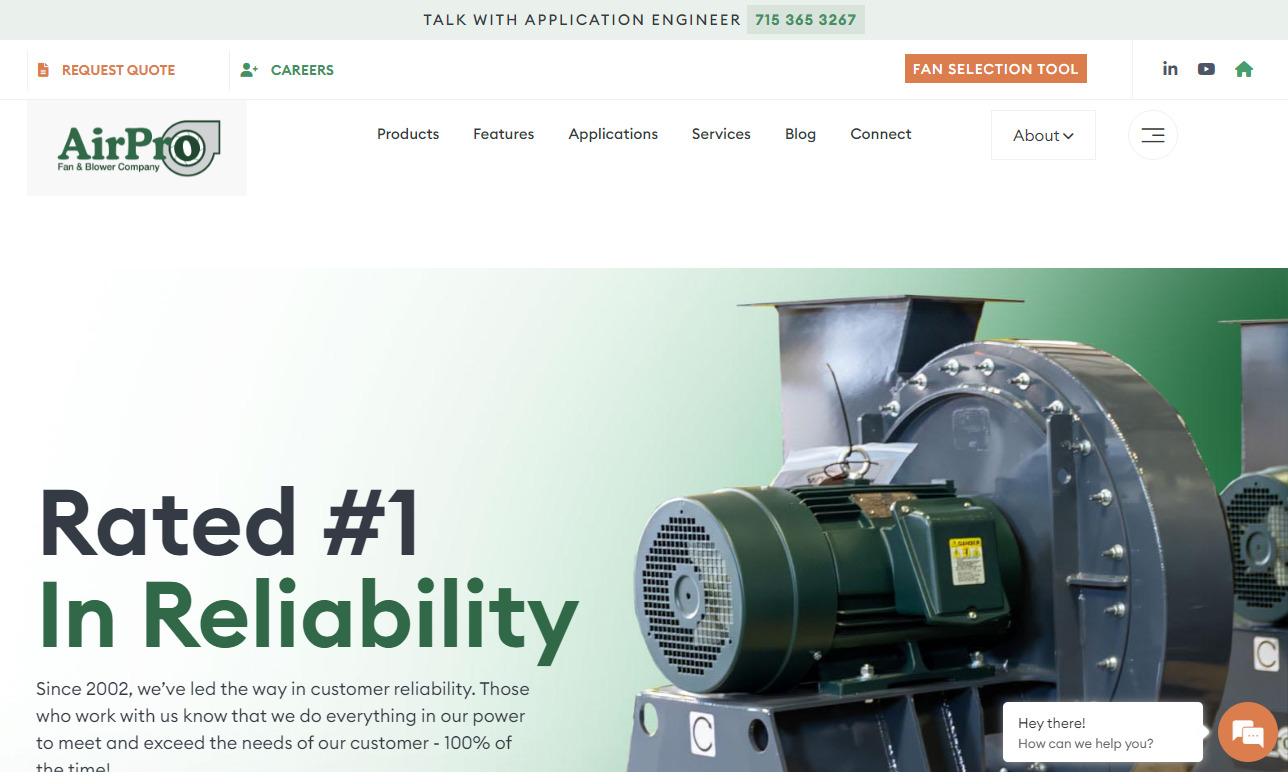
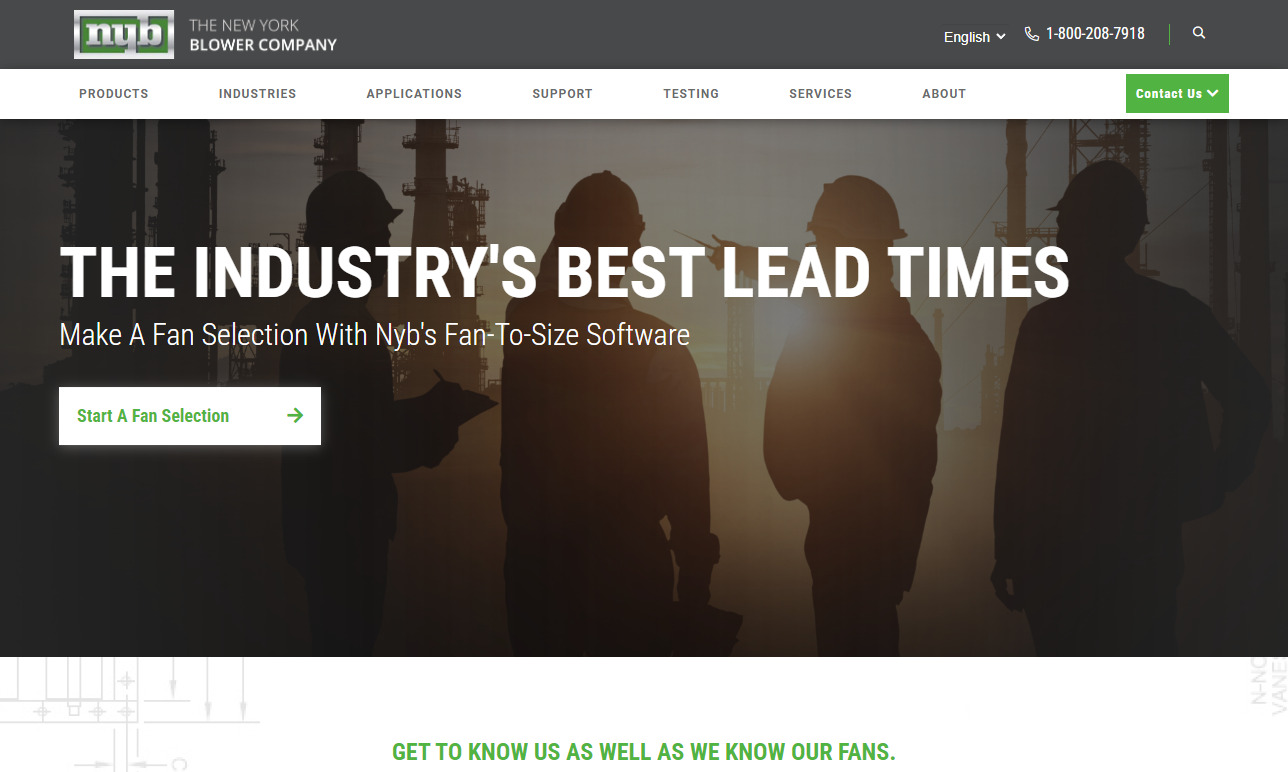
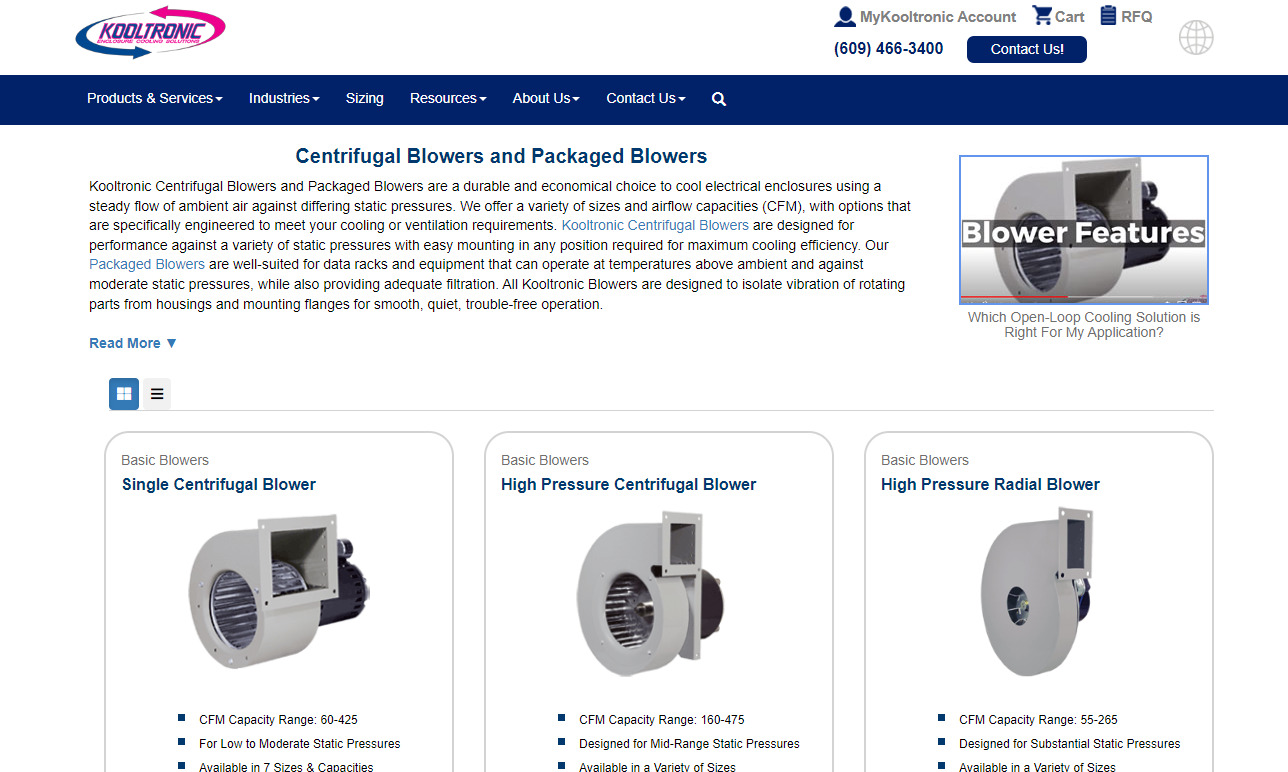
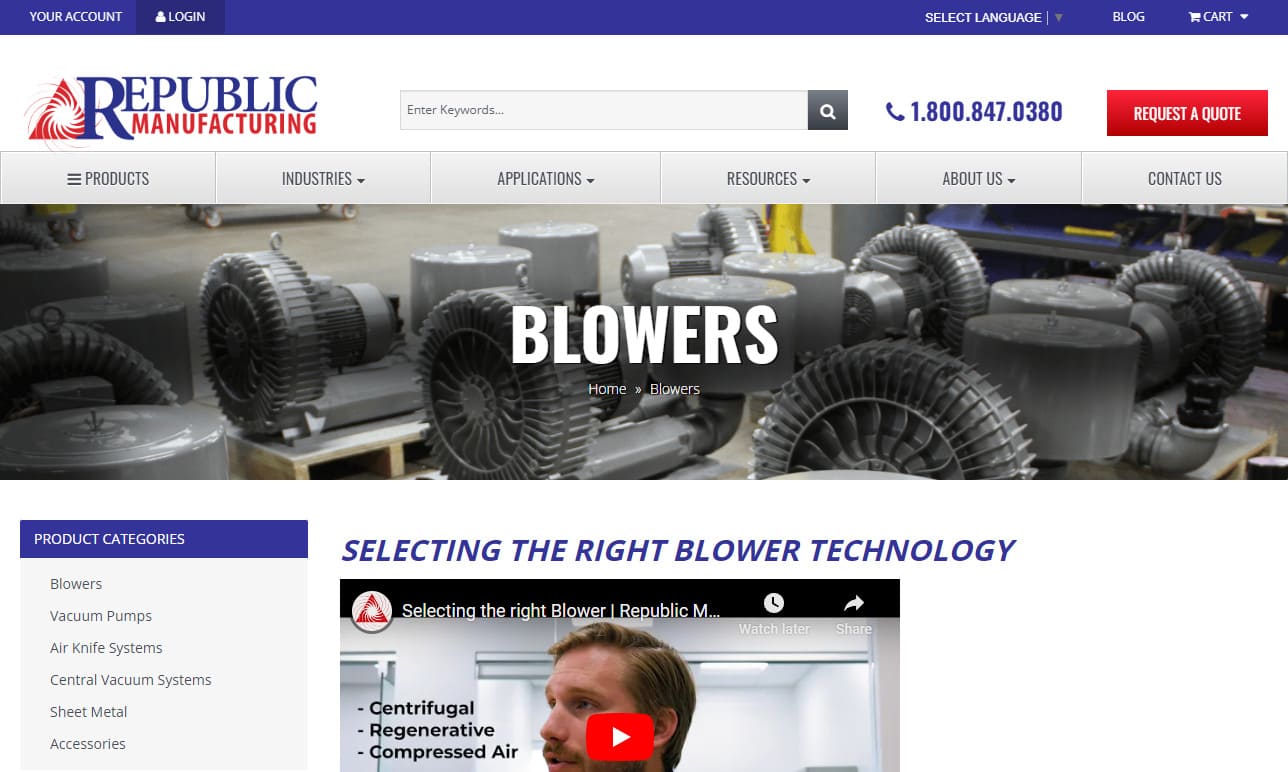
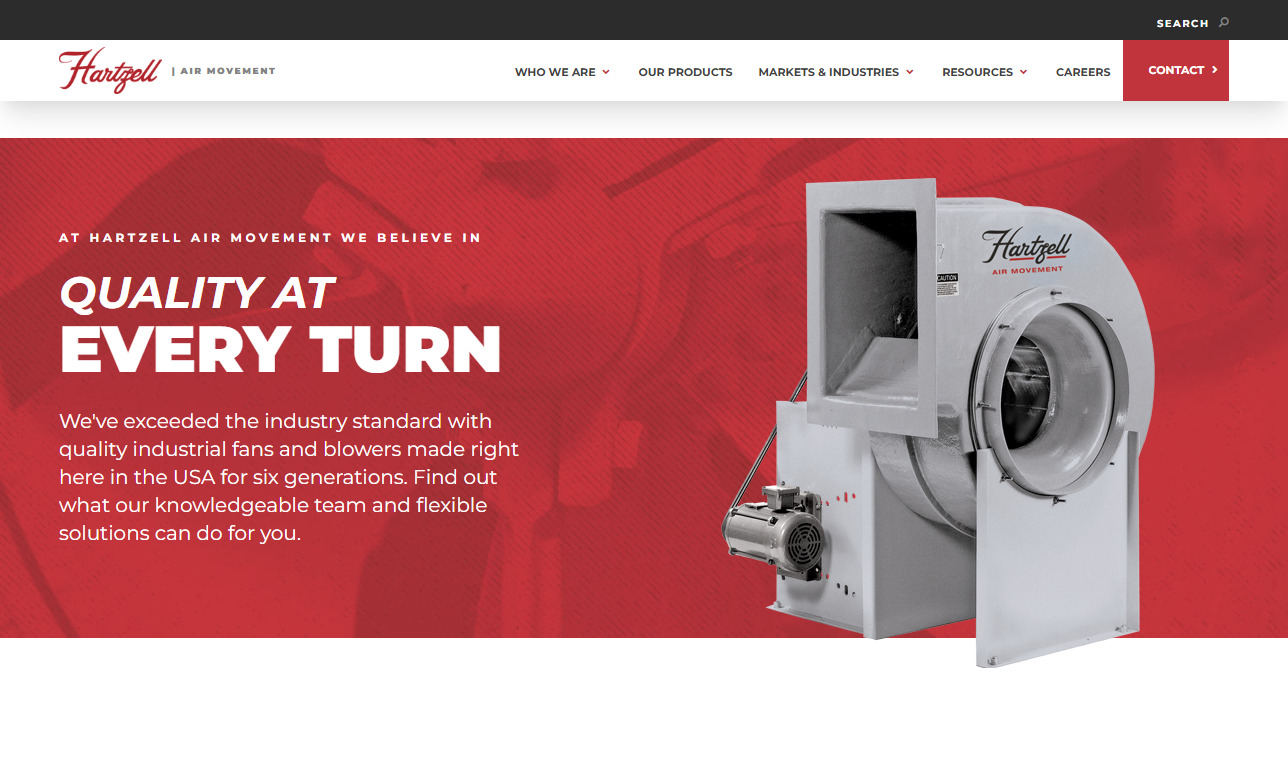


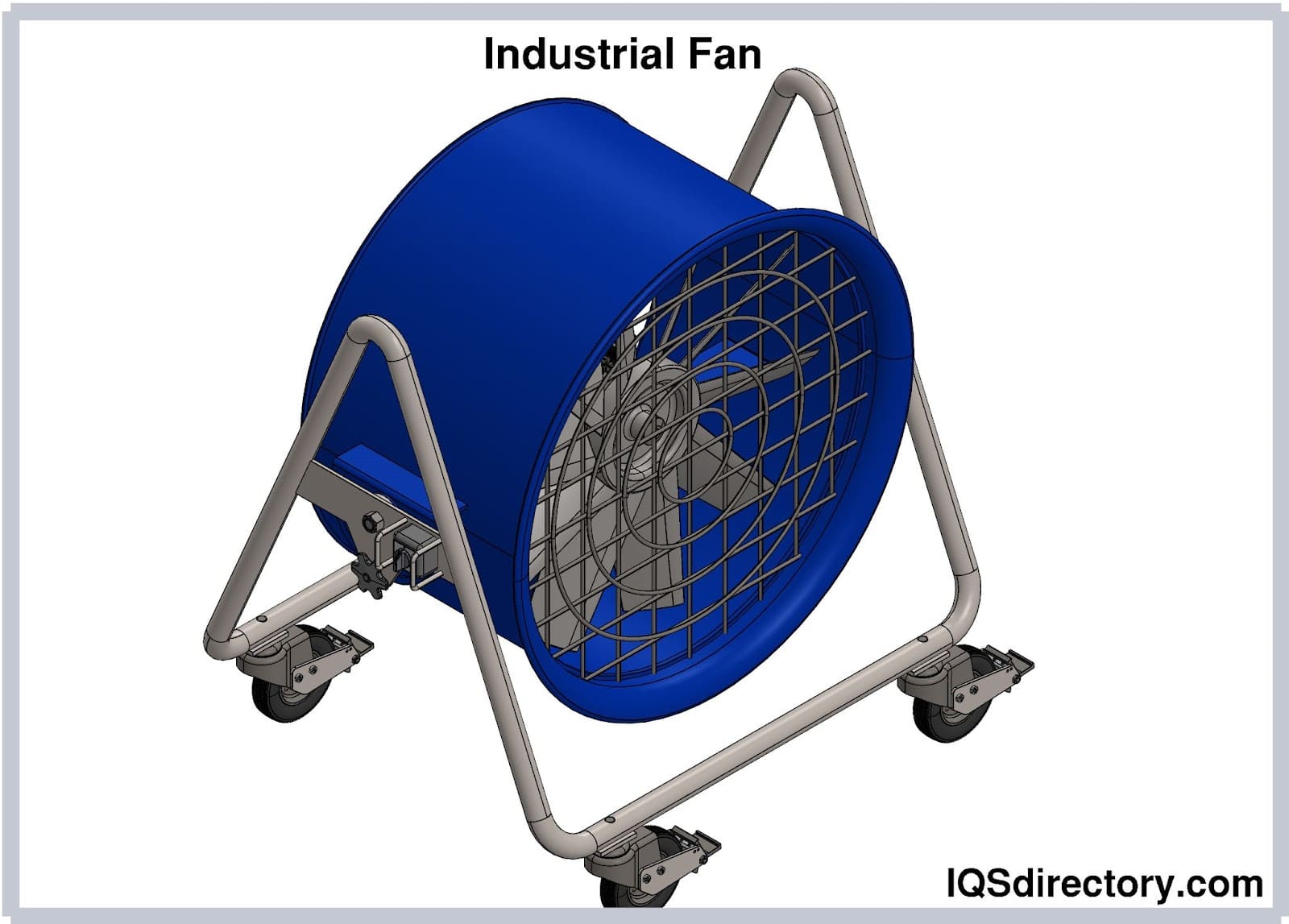
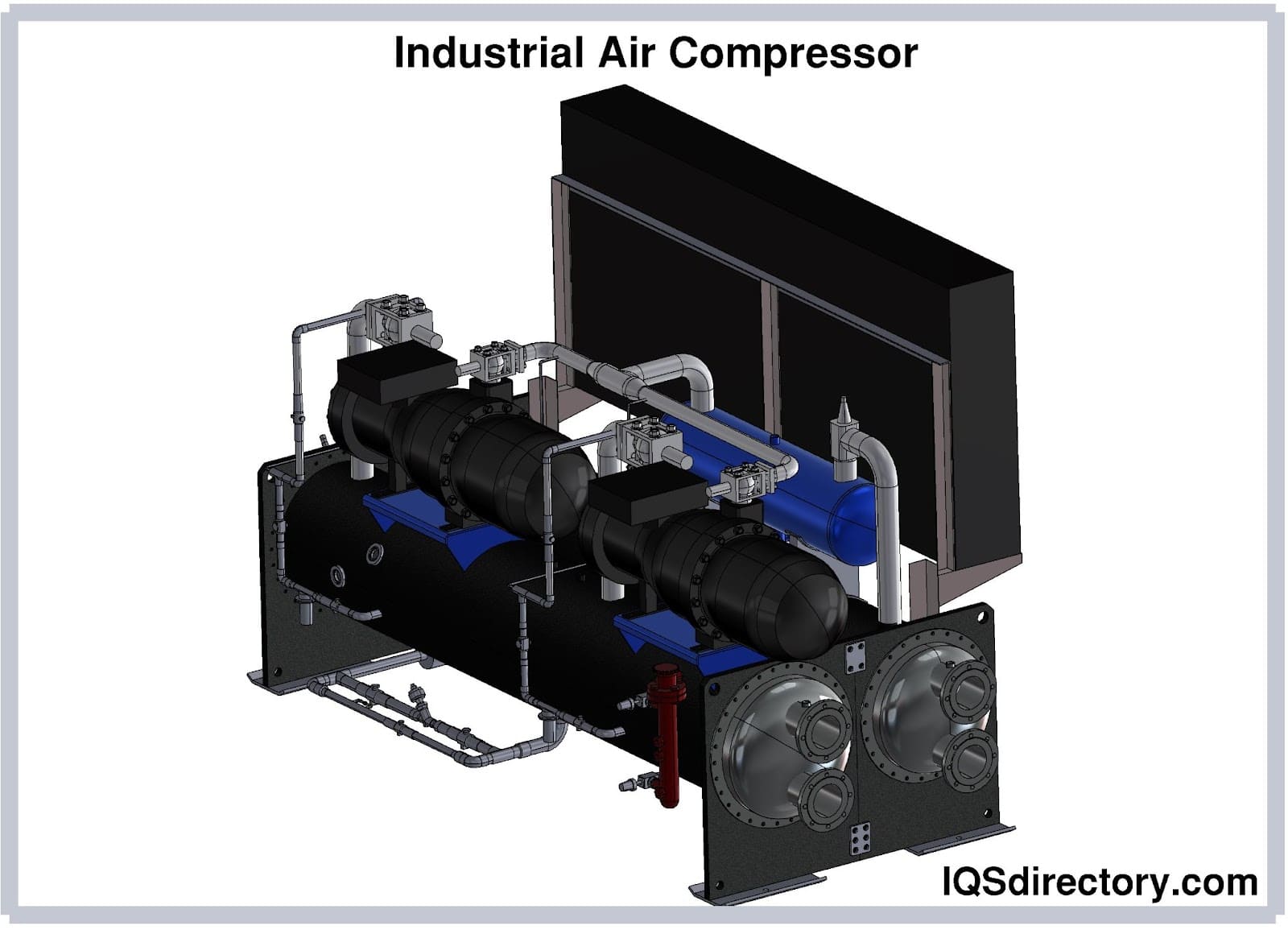
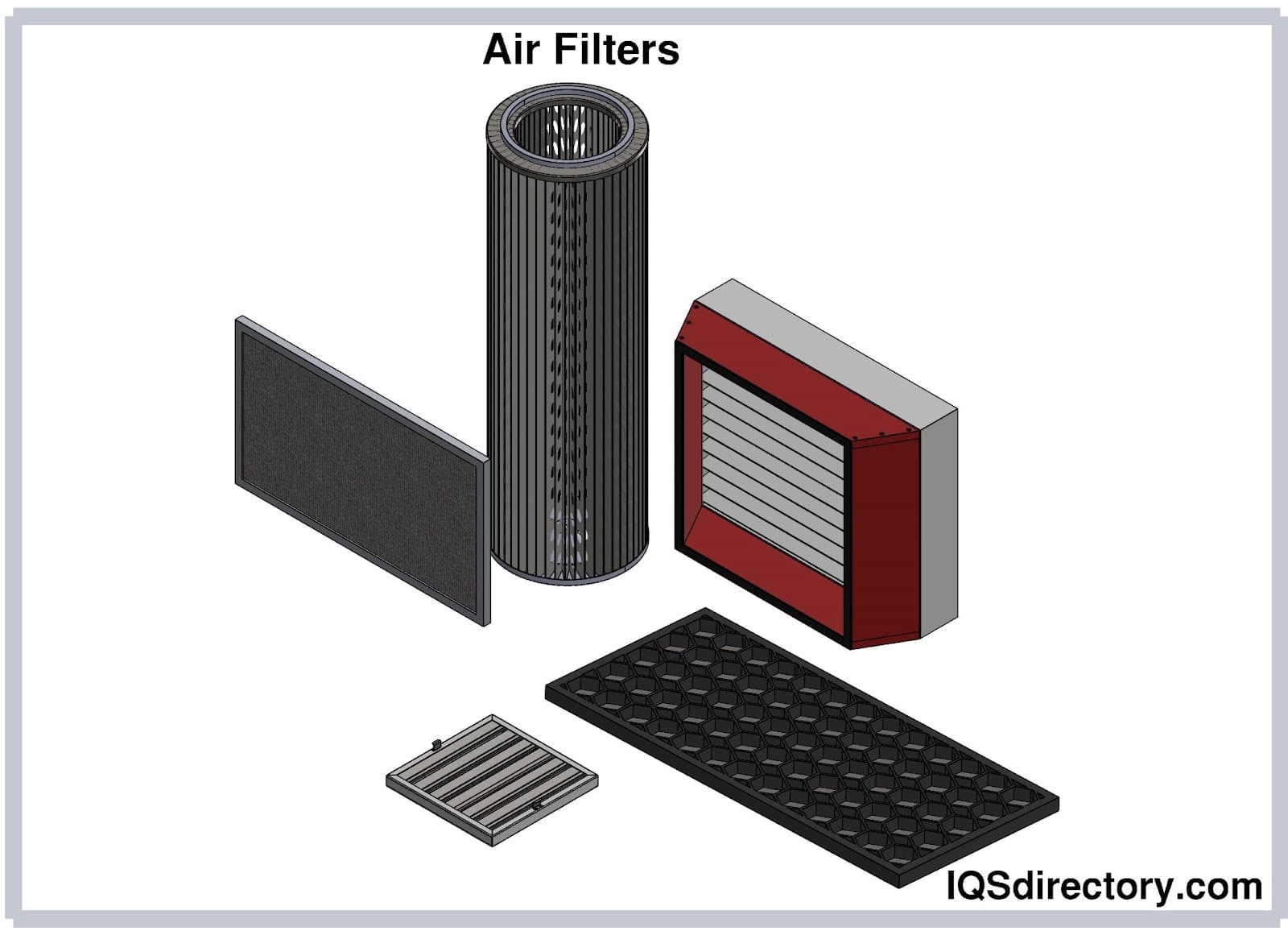
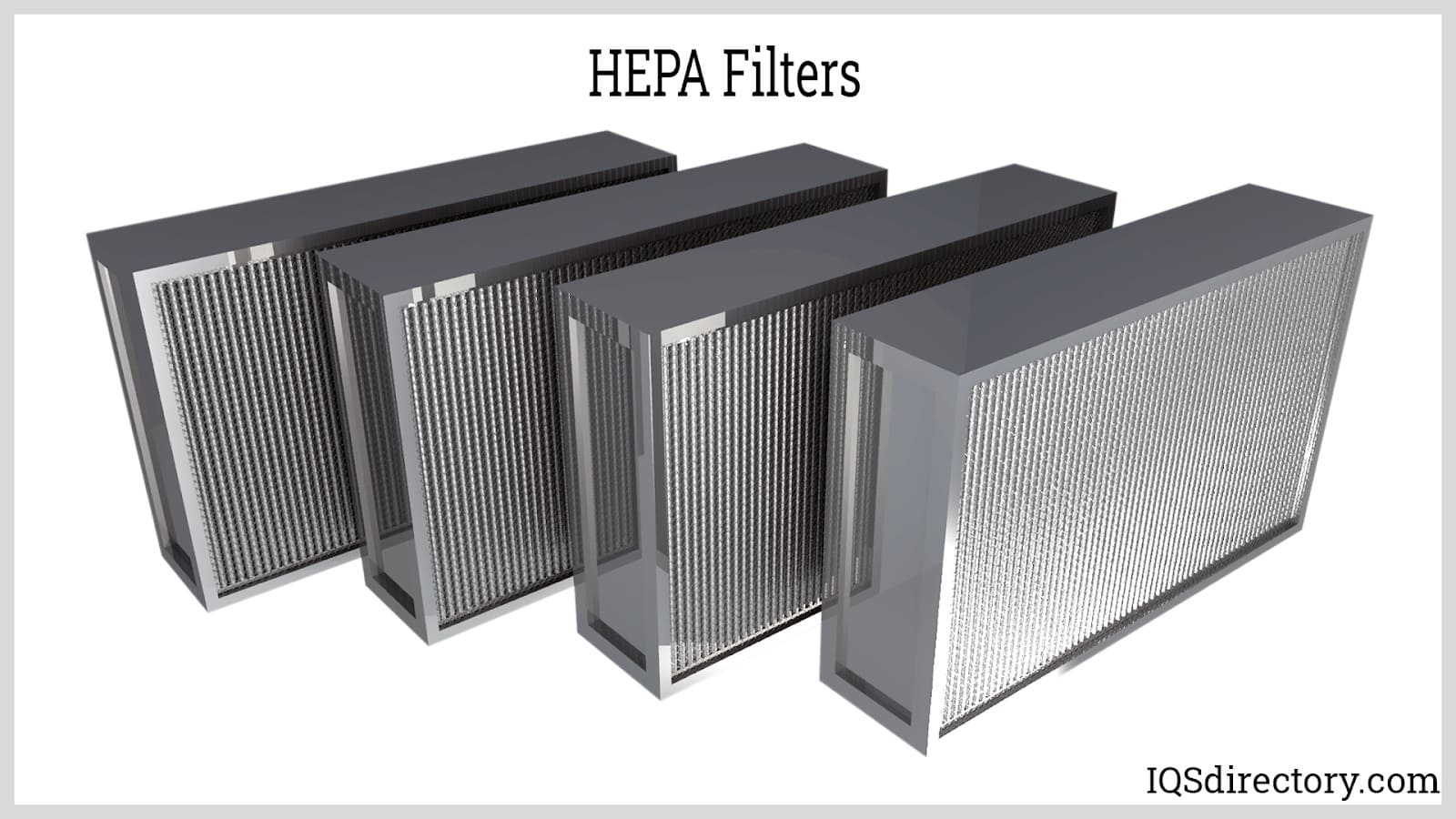
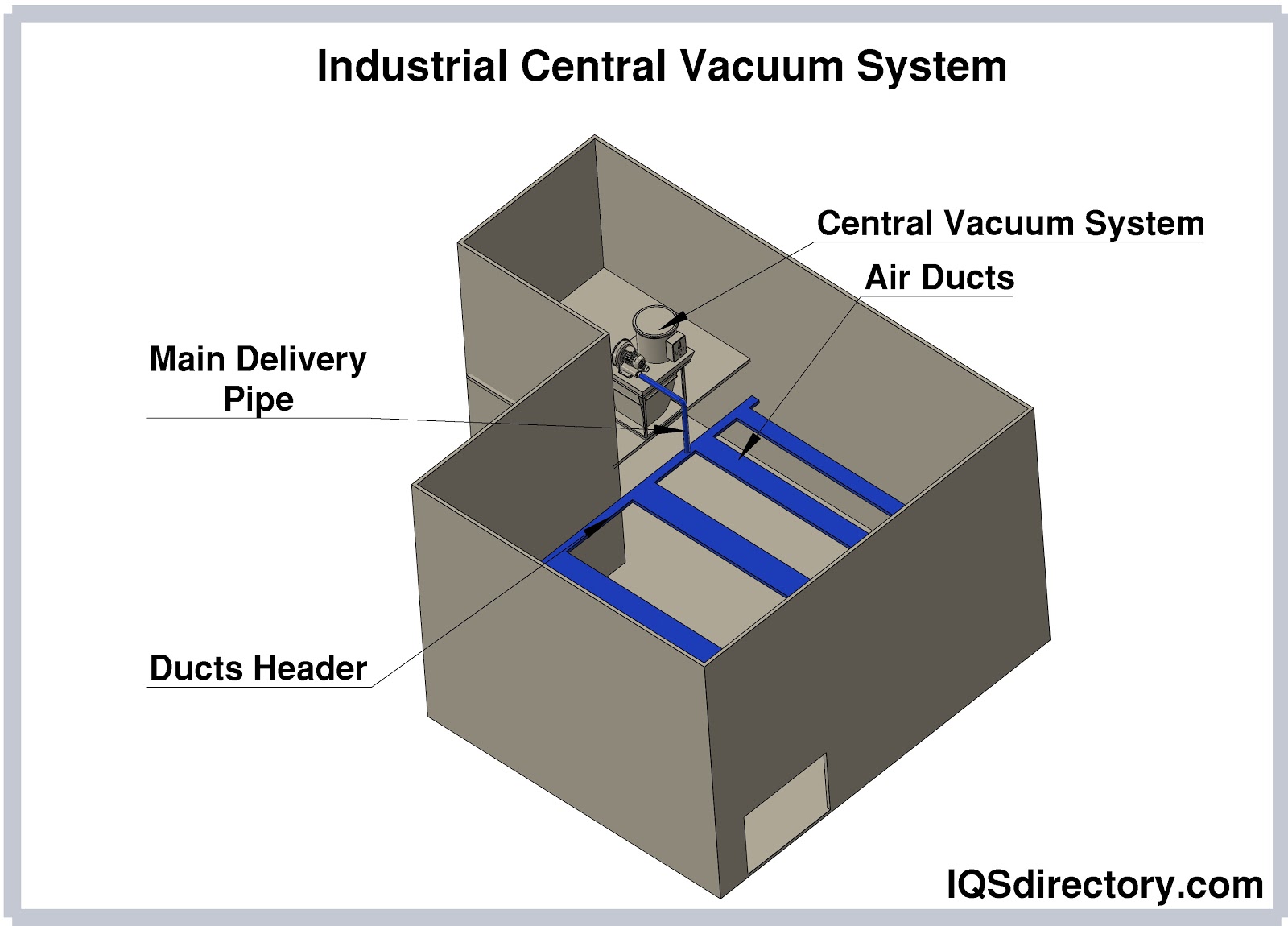
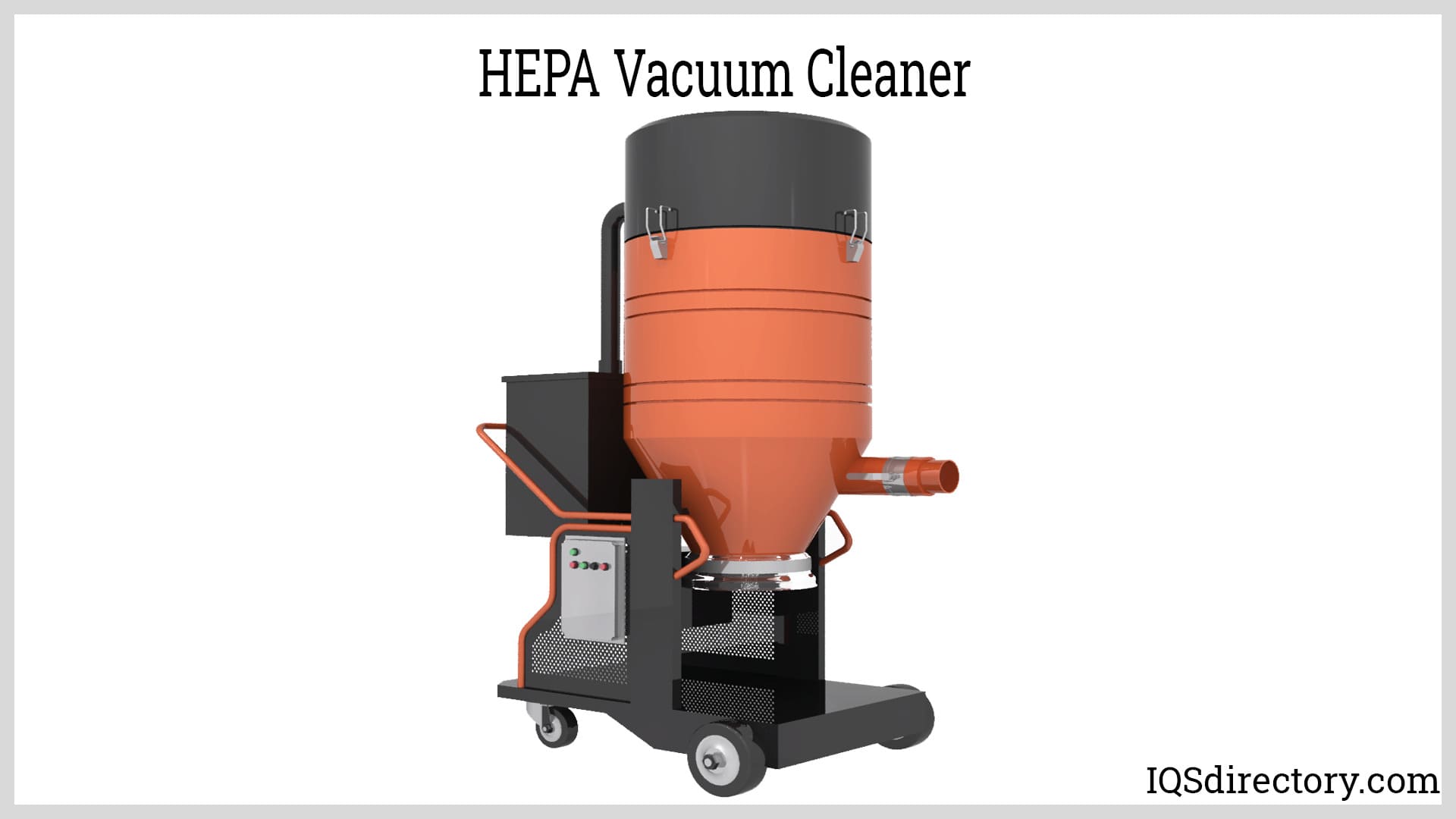

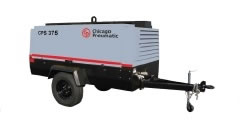 Air Compressors
Air Compressors 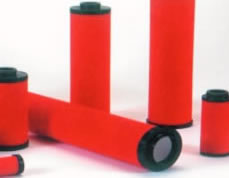 Air Filters
Air Filters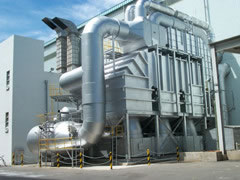 Air Pollution Control
Air Pollution Control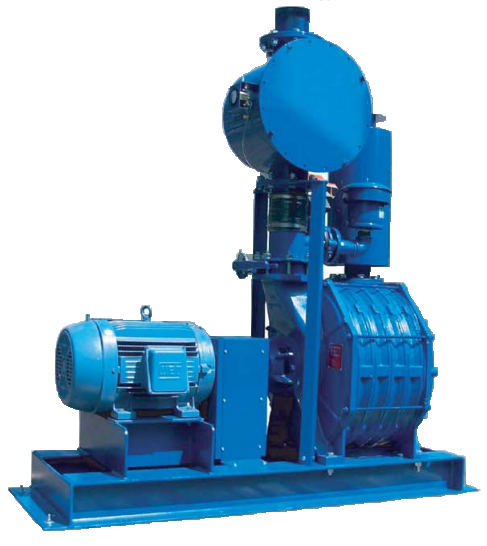 Blowers
Blowers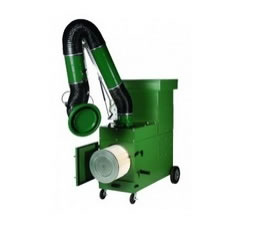 Dust Collectors
Dust Collectors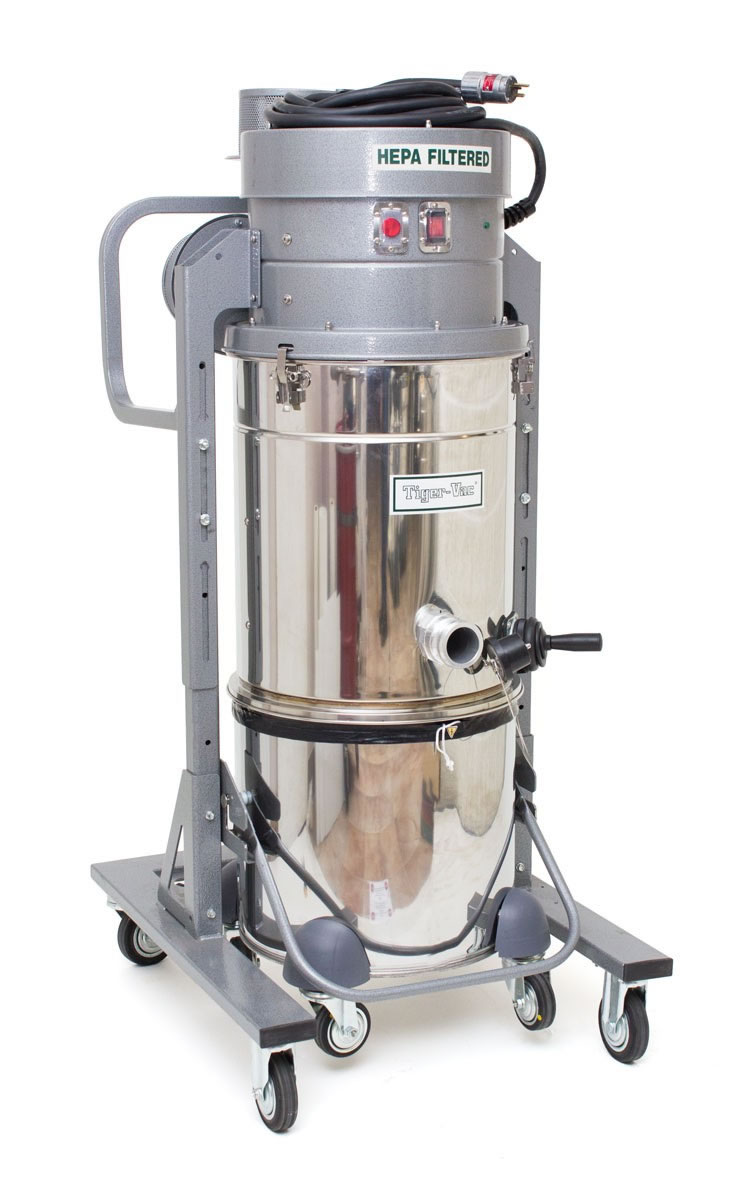 Industrial Vacuum Cleaning Equipment
Industrial Vacuum Cleaning Equipment Castings & Forgings
Castings & Forgings Bulk Material Handling
Bulk Material Handling Electrical & Electronic Components
Electrical & Electronic Components Flow Instrumentation
Flow Instrumentation Hardware
Hardware Material Handling Equipment
Material Handling Equipment Metal Cutting Services
Metal Cutting Services Metal Forming Services
Metal Forming Services Metal Suppliers
Metal Suppliers Motion Control Products
Motion Control Products Plant & Facility Equipment
Plant & Facility Equipment Plant & Facility Supplies
Plant & Facility Supplies Plastic Molding Processes
Plastic Molding Processes Pumps & Valves
Pumps & Valves Recycling Equipment
Recycling Equipment Rubber Products & Services
Rubber Products & Services